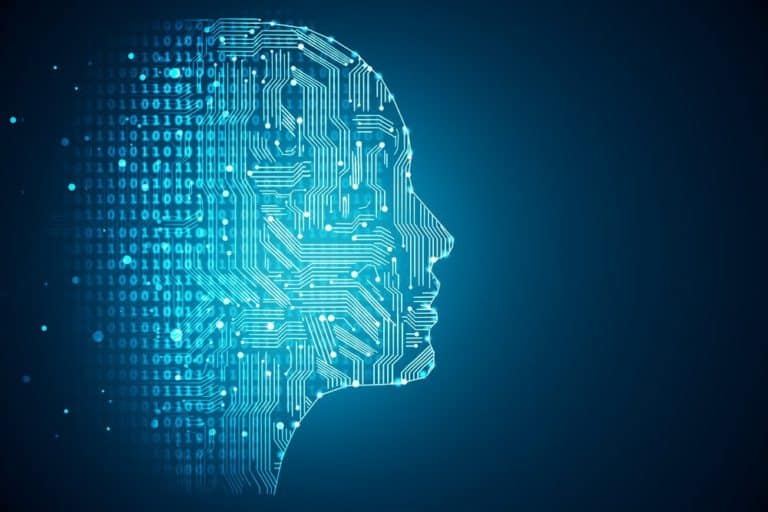Scientists at the University of Massachusetts Amherst and Stanford claim to have developed an algorithmic framework to ensure that artificial intelligence (AI) does not exceed certain limits.
The framework uses so-called Seldonian algorithms, as opposed to machine learning (ML) algorithms, which are currently mostly used in existing AI applications. The scientists hope that these new algorithms will ultimately enable them to develop applications that are currently not possible with ML algorithms.
Robot laws
The name “Seldonian” is derived from the protagonist of the book series Foundation, by writer Isaac Asimov. In this series the well-known “Laws of Robotics” of Asimov are introduced for the first time. These three AI laws are intended to ensure that a robot does not injure people, that it follows commands that are not contrary to the first law, and that the robot protects its own existence.
The new Seldonian algorithms could be seen as an extension of these original robot laws, with the guarantee that the robots do not exhibit undesirable behavior through machine learning.
ML algorithms inadequate
At the moment, artificial intelligence is used in a wide range of applications, from face recognition to forecasting the stock market. Scientists indicate, however, that the ML algorithms used are not sufficient when it comes to situations in which accuracy is of the utmost importance.
For example, Amazon’s facial recognition software Rekognition is used by the police in America to track down suspects. The software would work best if the accuracy threshold is set low. However, this leads to the AI showing clear racial prejudice.
Seldonian algorithmic framework
According to the scientists involved, Seldonian algorithms could prevent this problem. In order to demonstrate the algorithms, the new framework has been used to create an AI system for the administration of insulin to diabetics and the prediction of the Grade Point Average (GPA) of students, which allows the performance of a student to be displayed on an international scale.

In the case of insulin delivery, the AI system was instructed to ensure that patients did not crash, while the system itself learned the optimal dosage. Ragarding the prediction of GPA, the artificial intelligence had to this in such a way that there was no gender discrimination. Both implementations of the Seldonian algorithms proved to be effective and, according to the scientists, would prove that the algorithms can be successfully used to prevent undesirable behaviour.
Accountability of AI lies with developers
The main difference between ML and Seldonian algorithms is where the responsibility for the behaviour of the artificial intelligence is located. In the case of ML algorithms, this responsibility would rest with the end user, while in the case of Seldonian algorithms, it would rest with the developers.
This is done by imposing the right restriction measures on the system in a mathematical way. Instead of passing on the system to prevent gender discrimination when predicting GPAs, the AI is instructed, for example, to accurately predict the GPA and to ensure that the difference between the predicted and actual score does not exceed a certain threshold value, if the gender of the students is taken into account.
New applications of artificial intelligence
This way, Seldonian algorithms could make existing applications more accurate. However, scientists hope that in the future, the algorithms can be used for more than just replacing ML algorithms. For example, it should be possible to develop new applications that were previously too risky to develop with ML algorithms.
